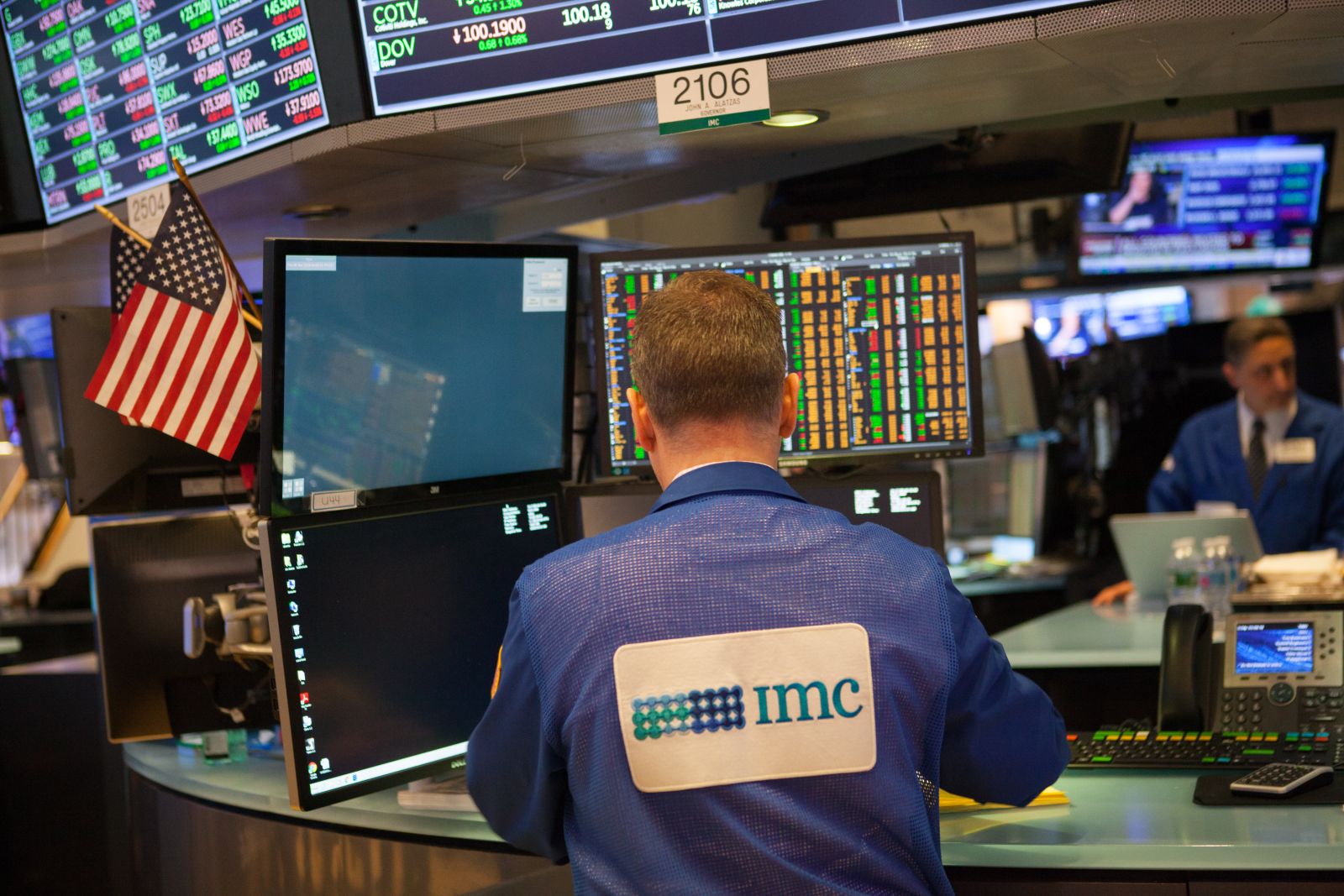/Technology%20-%20vishnu-mohanan-pfR18JNEMv8-unsplash.jpg)
Although artificial intelligence generates much promise of economic and social efficiencies, on the practical end, the advanced protocol hasn’t always yielded positive results. You can look to the long-term performance of C3.ai (AI) as a clear example. An enterprise AI platform and solutions provider, C3.ai should command tremendous relevancies. However, the price action of AI stock since its public market debut has been nothing short of atrocious.
For at least one day, though, the narrative shifted dramatically. Just ahead of last weekend, AI stock bounced higher, well into double-digit territory. While the major equity indices gained on recent data reflecting a cooling of inflation, C3.ai responded much more vigorously to a landmark agreement between the U.S. and the European Union.
Specifically, the White House and the European Commission announced a deal to “speed up and enhance the use of artificial intelligence to improve agriculture, healthcare, emergency response, climate forecasting and the electric grid,” according to a Reuters report.
Per a senior U.S. administration official, the terms represent a sweeping AI agreement between the two economic powers. Previous arrangements on the issue focused only on specific areas such as enhancing privacy.
“The magic here is in building joint models [while] leaving data where it is,” the senior administration official said. “The U.S. data stays in the U.S. and European data stays there, but we can build a model that talks to the European and the U.S. data because the more data and the more diverse data, the better the model.”
For AI stock, the implications are obvious. Providing over 40 turnkey enterprise AI applications that serve the needs of multiple industries, including manufacturing, financial services, energy and defense, C3.ai leverages considerable acumen. In the past, the company worked with both international blue chips and domestic governmental agencies to safely improve productivity through data.
Not surprisingly, AI stock bounced dramatically higher in the derivatives market, though prospective investors should exercise prudence.
AI Stock Attracts Significant Attention From the Bulls
After the books closed for the Jan. 27 session, AI stock became a major highlight in Barchart.com’s screener for unusual stock options volume. This stat shows the difference between the current volume and the average volume over the past month. Usually, traders leverage this data to determine which stocks may be due for big moves ahead.
Specifically, AI’s volume level reached 123,231 contracts against an open interest reading of 97,654. Call volume hit 104,561 contracts versus put volume of 18,670. Further, the delta between the trailing-month average total volume versus the prior session volume came out to 838.47%. The implied volatility (IV) rank hit 51.92%, which indicates the (at the money) average IV relative to the highest and lowest values over the trailing one-year period.
To summarize, IV signifies the expected volatility of a stock over the life of an option. As certain influencing factors for the underlying investment changes, the IV will likely change as well. Further, as demand for an option increases, so too will its IV.
The IV low for AI stock was 58.95% on Jan. 11, 2023. Several months earlier on May 12, 2022, AI hit its IV high of 118.34%. Prospective investors should note that per Barchart.com’s technical analysis gauge, AI ranks as an average 8% buy. Although the framework slightly leans bullishly, it’s a contested narrative to be sure.
On a similar note, analyst sentiment unenthusiastically pings as neither hot nor cold. Three months ago, Wall Street experts pegged AI stock a “hold,” breaking down as one strong buy, six holds, two moderate sells and one strong sell. In the current month, both the consensus and the individual breakdown remains the same.
Finally, AI’s 60-month beta sits at 0.85, reflecting lower volatility than the benchmark equities index. That’s quite surprising. Even though Friday’s swing higher resulted in a nearly 18% return, in the trailing five years, shares stumbled over 85%.
The Other Side of the AI Coin
Although the latest agreement between the U.S. and Europe theoretically bodes well for C3.ai, it’s not a guaranteed upshot with zero risks. Again, if advanced AI protocols were as good as advertised, it’s doubtful that AI stock would lose 85% of its value since making its public market debut.
Further, as exciting as the concept of AI is, the reality hasn’t quite met expectations. For instance, Zacks in an article republished by Barchart stated that the iBuyer business model – which incorporates AI protocols to help buy and flip homes – is suffering from a hangover following the boom-bust cycle of the post-pandemic real estate market.
While certain AI programs have undoubtedly been useful for individual end users seeking quicker data queries and reception, the ambition to integrate machine learning at large scales presents myriad challenges. One of them is that as protocols become more complex, their outputs likewise become convoluted, leading to questions regarding interpretive and operational value.
Granted, it’s possible that C3.ai might turn over a new leaf from here on out. However, aside from an exceptionally strong balance sheet, the company faces significant hurdles, both fiscally and fundamentally. You’ll do well to keep this in mind before making too strong a wager.
More Stock Market News from Barchart
- Stocks Close Higher as Price Pressures and Inflation Expectations Ease
- Sony Corp Stands Out Among Technology Stocks
- Why Over the Long Run The Bears Could Be Wrong About H&R Block (HRB)
- Stocks Recover Early Losses as U.S. Inflation Cools
On the date of publication, Josh Enomoto did not have (either directly or indirectly) positions in any of the securities mentioned in this article. All information and data in this article is solely for informational purposes. For more information please view the Barchart Disclosure Policy here.


/Amazon%20-%20Image%20by%20bluestork%20via%20Shutterstock.jpg)
/Apple%20Inc%20logo%20on%20Apple%20store-by%20PhillDanze%20via%20iStock.jpg)

/Space%20Technology%20by%20Rini_%20com%20via%20Shutterstock.jpg)
